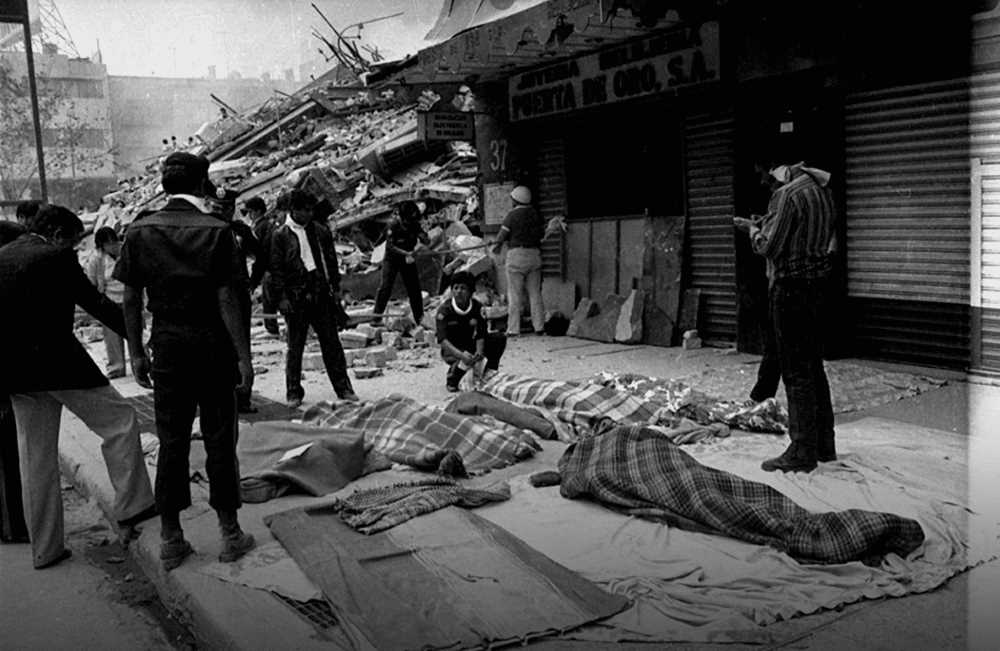A Lost Chapter of Devastation in the 1920 Mexican Earthquake
Mexico's forgotten 1920 earthquake devastated towns near Xalapa and Veracruz. El Universal newspaper accounts reveal vanished communities, collapsed buildings and a rising river carrying victims.

Natural disasters are unexpected and devastating events that disrupt the environment and people's lives. From earthquakes to extreme weather phenomena, these events can cause material damage, human losses and havoc to nature. These catastrophes can also be accompanied by adverse events caused by human activity or a combination of both, with the potential to trigger emergencies. An example of natural disasters are earthquakes, which are natural phenomena that occur due to the release of accumulated energy in the earth's crust. In turn, this release of energy causes vibrations or sudden movements in the earth, which can vary in intensity and duration.
In the case of Mexico, a country with a long seismic history, earthquakes have left a deep mark over the years. Two particularly significant events are the September 19, 1985, and 2017 earthquakes, which still resonate in the collective memory. However, there is one that has been forgotten by many: the earthquake of January 3, 1920.




